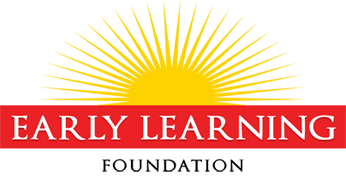The Core of the Core
The Core of the Core
We’ve lost focus. For the past few decades we have consistently added to our lists of grade level content expectations, mistakenly giving the message to teachers that covering more is better. We’ve told our teachers, “Teach faster, teach harder, and teach more.” And the frenzy of trying to cover a non-viable curriculum failed to deliver better learning outcomes for our students. With the impending implementation of the Common Core State Standards we have a unique opportunity to narrow our instructional focus and develop a viable curriculum. This is an opportunity to embrace the kind of viable curriculum in the early grades found in the highest-performing systems around the world.
Perhaps more importantly we have an opportunity to shift our emphasis from “covering” content to carefully monitoring what children learn and ensuring that each child develops the basic skills needed to become a successful learner for life. Measuring what teachers “cover” is no longer an acceptable standard. The crucial K-3 learning skills are identified as the Essential Skills. To become great learners, our children deserve and must deeply learn these skills which are the Core of the Core.
For decades we’ve trained teachers to “cover” content without carefully ascertaining the skills and content our students actually learn. Moving away from the curriculum-driven juggernaut is no easy task. Most instructional materials and programs are aligned to non-viable state standards. Most teachers are expert at delivering lessons, but will need support to learn to use formative assessment and then adjust instruction to meet the specific needs of students.
The transition to teaching a viable curriculum based on the CCSS, then monitoring student learning to see which students have fully learned essential skills and behaviors, then adjusting instruction to give some children additional instruction or more practice time, will be an exciting era in American schools. It is crucial to the economic future of our society and the individual futures of our children.
The old curriculum-driven juggernaut has failed. It damages so many of our children. According to a special report from the Annie E. Casey Foundation, 67% of American children are scoring below proficient reading levels at the beginning of 4th grade on the National Assessment of Educational Progress reading test. Of these, 34% read at the basic level and 33% read at the below basic level. The data is worse if you are poor. 83% of children in low-income families (Hernandez, 2011) have reading skills below the proficient level.

This is a time of great opportunity. Parents, teachers and business leaders want better learning outcomes for our children. How much longer will we hold on to instructional practices which have failed the vast majority of our children? Are we ready to help our children build a strong foundation of learning skills in the early years which can allow them to become lifelong learners?


